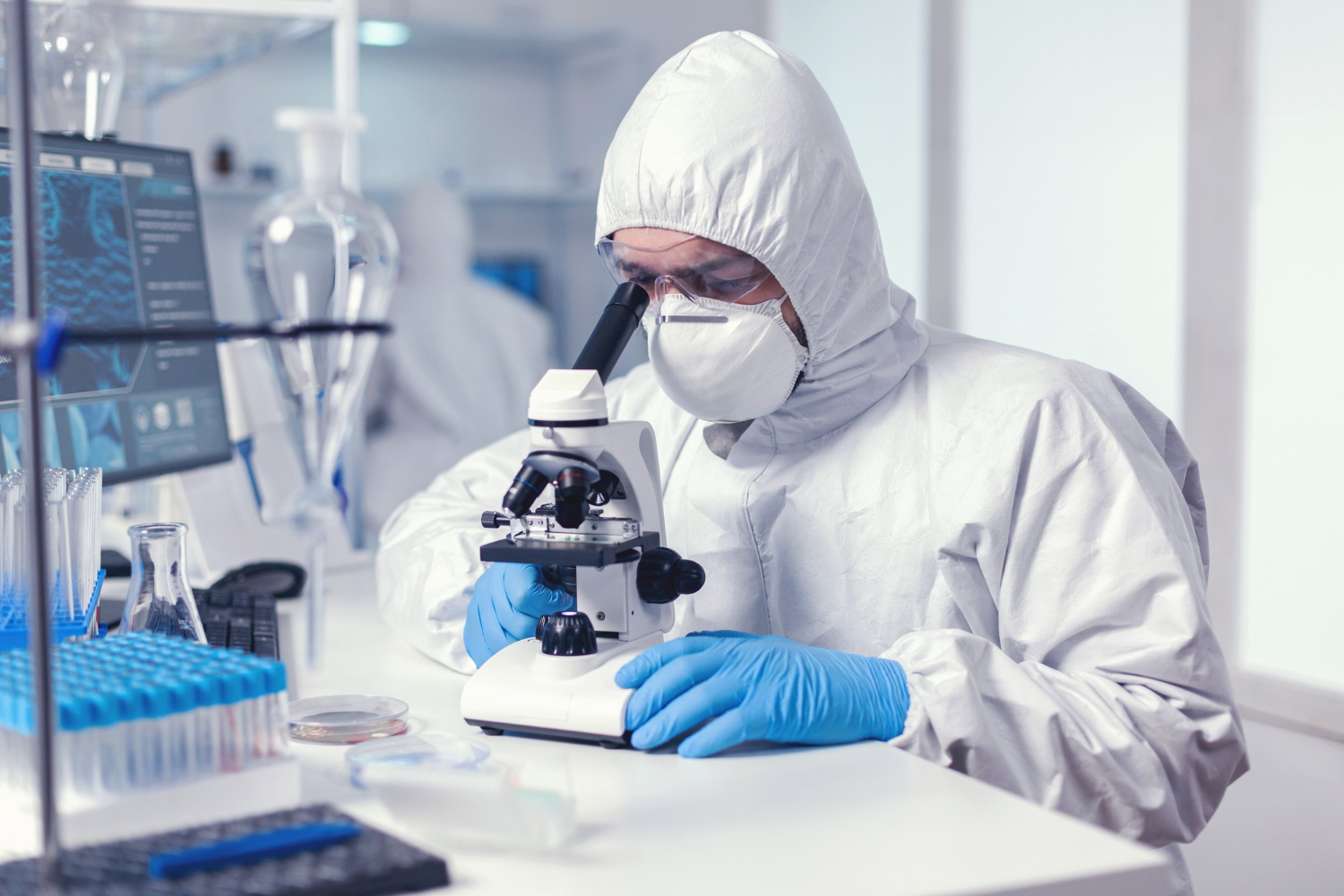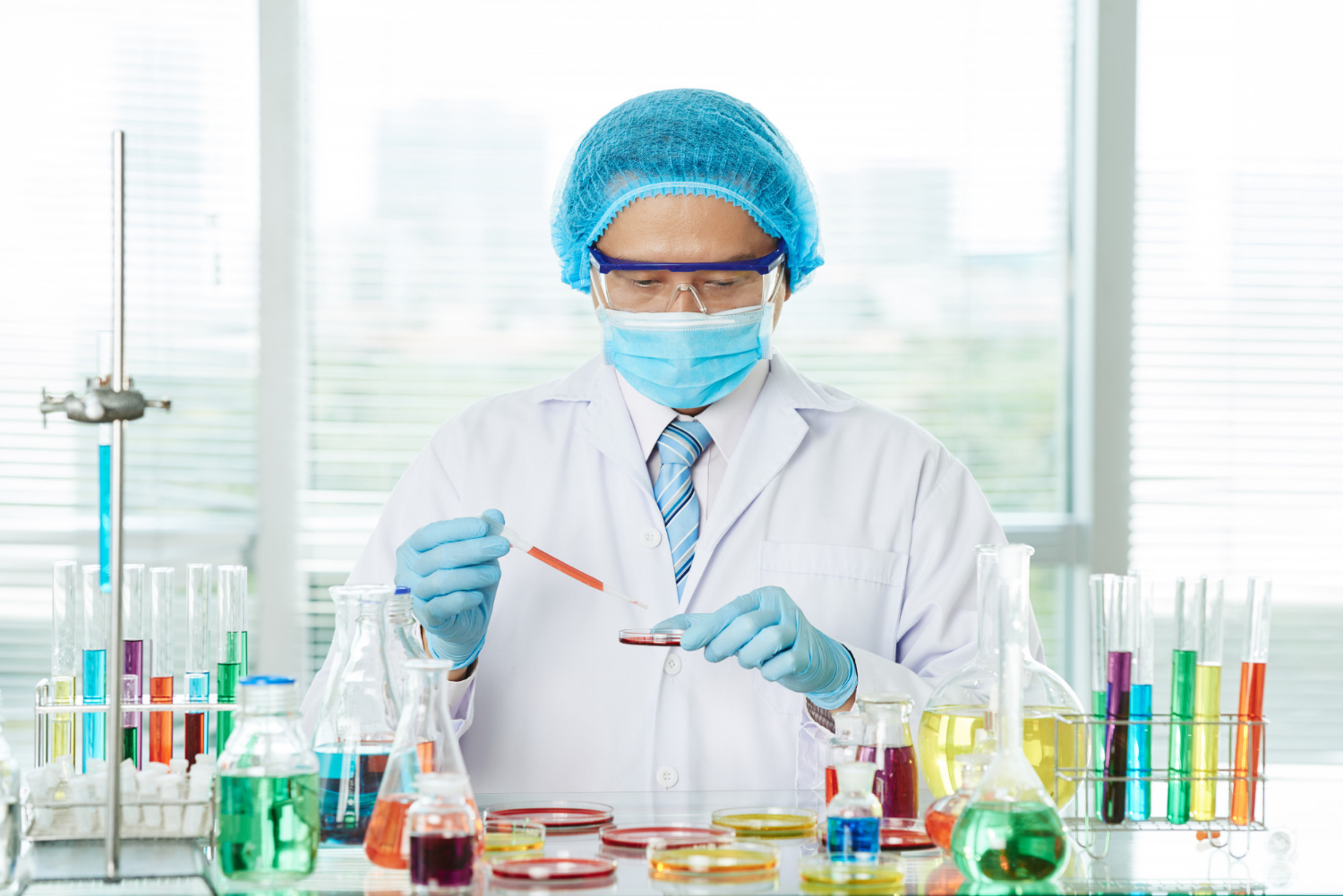About Us
- Home
- About Us



About Us
About 24-7 Labs
24-7 Labs is the first of a new line of innovative health care services from 24-7 Laboratory LLC. Our mission is to give people the power to control their health by providing convenient, affordable, and easy to understand options.
We provide medical laboratory testing for Allergies, Pregnancy, Basic Wellness, Heart Health, Men & Women’s Health, Hormones, Diabetes, Menopause, Thyroid issues and more.
We are here for all your wellness testing needs, 24 hours a day, 7 days a week. There are no hidden fees or surprise billing. HSA/FSA is accepted as well as certain health insurance. We have several locations around the Tampa Bay area which can easily be found through a google search.
Still Looking?
24-7 Labs Is The Lab For You.
Provides thousands of medical lab tests in a professional, convenient and cost-effective way.
No long waits, guarantee you will be seen in 15 minutes or less
Results in 24 to 48 hours
High-quality testing
No doctors order or insurance required for testing
Helpful staff, fully trained, experienced and certified
Walk-ins are always welcomed.
Our Management Team
The best testing services

Marley Roldan
President
Ms. Roldan is the President of 24/7 Labs. She has dedicated her entire professional career to give patients the power to control their health by providing convenient, affordable, and easy to understand options for monitoring their wellness. She developed tests which include drug testing for family, employer and legal issues, paternity testing, and 100’s of health and wellness testing. She has built the business to several locations throughout the state of Florida with ambitions to grow the company throughout the United States and eventually the world.
+1(813)932-3741
anytimelab@24-7labs.com
Dr. Rey Linares, M.D
Chief Medical Officer & Director
Dr. Rey Linares graduated from Universidad del Cauca in 1984 as a General Medical Doctor and Surgeon. His vocation to serve the underprivileged took him to work for a year and a half in the remote areas of the Colombian Amazon region. He then returned to the city of Cali to work as a General Family Practitioner until 1989, when he moved to New York City to pursue his scientific quest for a cutting-edge medical education in the USA. He was accepted in the Internal Medicine program at Woodhull Medical Center of the Long Island College of Medicine, from which he transferred to Mount Sinai School of Medicine of New York City and Elmhurst Medical Center as a Resident in the Internal Medicine program completed in 1994. From there, he pursued a fellowship specializing in Pulmonary Medicine with an emphasis in Critical Care and Sleep Medicine. He has been Board Certified by the American Board of Internal Medicine, Pulmonary and Sleep Medicine. He moved to Tampa Bay, Florida in 1996 to a private group practice, and has had privileges as a medical staff in several hospitals, practicing all his skills in internal, pulmonary, intensive care and sleep medicine, where he has served in several leadership positions. He has been a participant in health community events and is a speaker in pulmonary and sleep medical issues. Dr. Linares has, in the last few years, taken an interest in alternative & preventive medicine, attending many programs and seminars in this field as well as integrating to his scientific education the study of environmental effects on health outcomes. It is this latest endeavor that has led him to create HyOx Superwater Inc. USA, to further the cause of improving community health and environmental preservation as a whole. His expertise in oxygen therapies has been crucial and invaluable in the development and applications of new mechanisms of hyperoxygenation, hyper-hydrogenation and codification of water for superb environmental results as well as human and animal health.
+1(813)932-3741
anytimelab@24-7labs.com

